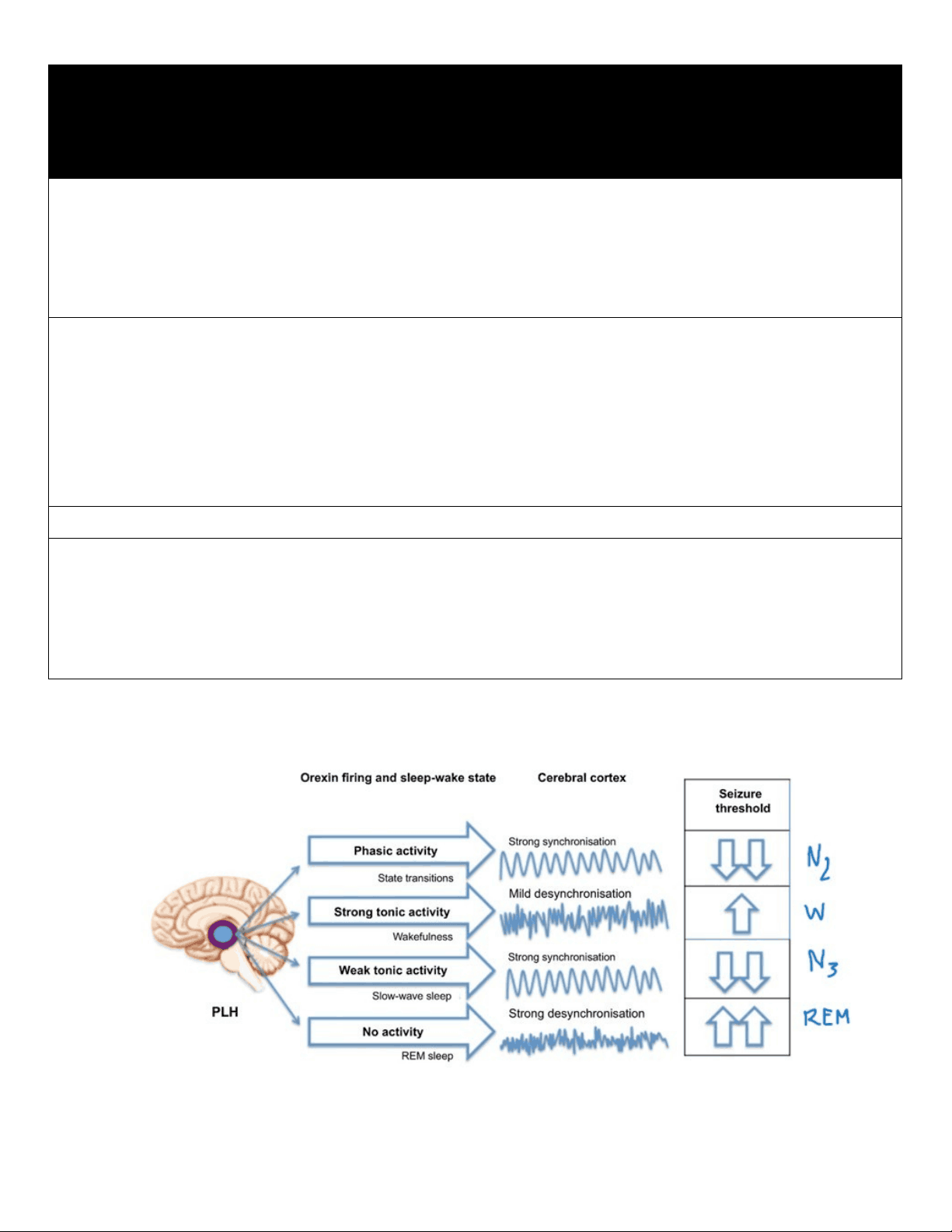



Study with the several resources on Docsity

Earn points by helping other students or get them with a premium plan


Prepare for your exams
Study with the several resources on Docsity

Earn points to download
Earn points by helping other students or get them with a premium plan
Community
Ask the community for help and clear up your study doubts
Discover the best universities in your country according to Docsity users
Free resources
Download our free guides on studying techniques, anxiety management strategies, and thesis advice from Docsity tutors
A part of "Essential Concepts for the R.EEG.T Exam" – Includes Tables, Diagrams, and Illustrations. Table of contents: 44 pages - Filters, time constant. common mode rejection and digital EEG setting parameters - Montages - Normal varients - Artifacts - Increasing beta/fast activities - N2 sleep and Arousal pattern - Pediatric EEG and syndrome by age group - Neonatal sleep wake pattern - Pediatric epilepsy syndrome by interictal pattern - Differential of sleep provoked seizure - Photic stimulation - Hyperventilation - Lateralization - Severity of encephalopathy and EEG pattern - Rhythmic delta - Clinical seizure correlate with EEG - Seizure semiology s
Typology: Cheat Sheet
1 / 2

This page cannot be seen from the preview
Don't miss anything!


Episode during NREM Continuous Spikes and Waves during Slow-Wave Sleep (CSWS) Disorder of arousal (Confusion arousal, Night terror, Somnambulism) Nocturna l Frontal Lobe Epilepsy (NFLE) Ictal scalp EEG Continuous spike-wave discharges: if SWI >85% of NREM is called Electrical Status Epilepticus in Sleep ( ESES ). It is sleeping disorder not seizure: Normal EEG but increase autonomic -EKG, respiratory rate Most are normal or rarely frontal SWs which obscured with muscle artifacts Clinical corelate Subtle (Electrographic seizure) Impair cognitive esp. declarative memory Landau-Kleffner Syndrome (LKS) is language deficit subtype Confusion arousal: minimal, cause confusion during episode and day- time sleepiness Night terror: fear Somnambulism: complex motor ie walking, eating Mimic presentation of arousal disorder but last shorter than few minutes. Day-time sleepiness from disrupted sleep. Family History + ++ +++ (AD) Prognosis ESES peak at age 4-8 and remit at age 8-12 : seizure subside along with ESES but cognitive impair remained Peak in childhood 4-12 and most are resolved when growing up Onset any age up to 20s life-long but not progress. Rx -Carbamazepine: target Ach receptor mutation.